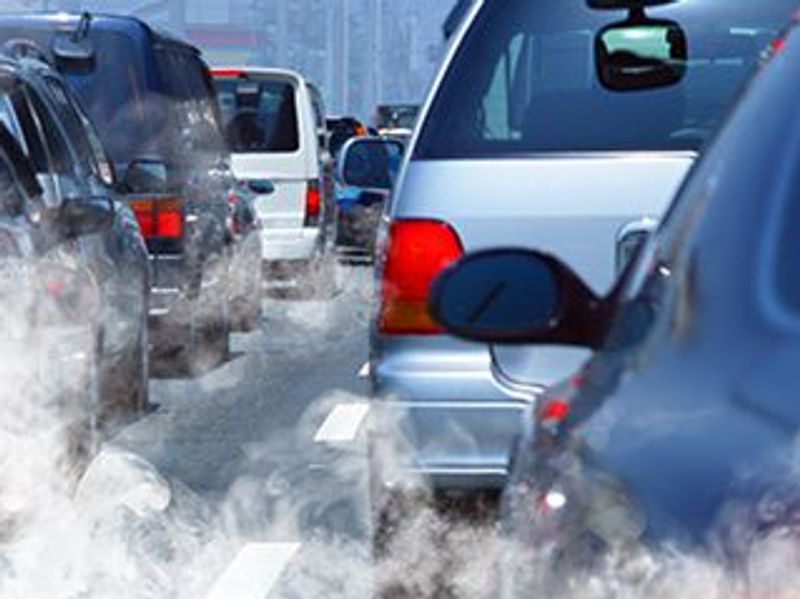Odds ratios increased for hospital admission, ICU admission, death with increased exposure to increased ground-level ozone
FRIDAY, May 27, 2022 (HealthDay News) — Chronic exposure to air pollution, especially ground-level ozone (O3), may contribute to severe outcomes after severe acute respiratory syndrome coronavirus 2 (SARS-CoV-2) infection, according to a study published online May 24 in CMAJ, the journal of the Canadian Medical Association.
Chen Chen, Ph.D., from the University of California San Diego in La Jolla, and colleagues explored long-term exposure to ambient air pollution as a potential contributor to COVID-19 severity in a cohort of all people with confirmed SARS-CoV-2 infection aged 20 years and older. The association of long-term exposure to fine particulate matter (PM2.5), nitrogen dioxide (NO2), and O3 with the risk for COVID-19-related admission, intensive care unit (ICU) admission, and death was examined.
The researchers observed 8,630 hospital admissions, 1,912 ICU admissions, and 2,137 deaths related to COVID-19 among 151,105 people with confirmed SARS-CoV-2 infection in Ontario in 2020. The estimated odds ratios (95 percent confidence intervals) were 1.06 (1.01 to 1.12), 1.09 (0.98 to 1.21), and 1.00 (0.90 to 1.11) for hospital admission, ICU admission, and death, respectively, for each interquartile range increase in exposure to PM2.5. Smaller estimates were seen for NO2. For each interquartile range increase of 5.14 ppb in O3, the corresponding odds ratios (95 percent confidence intervals) were estimated at 1.15 (1.06 to 1.23), 1.30 (1.12 to 1.50), and 1.18 (1.02 to 1.36).
“Uncertainty still remains in the mechanisms of how long-term air pollution might affect COVID-19 severity, which calls for future research,” the authors write.
Copyright © 2022 HealthDay. All rights reserved.








